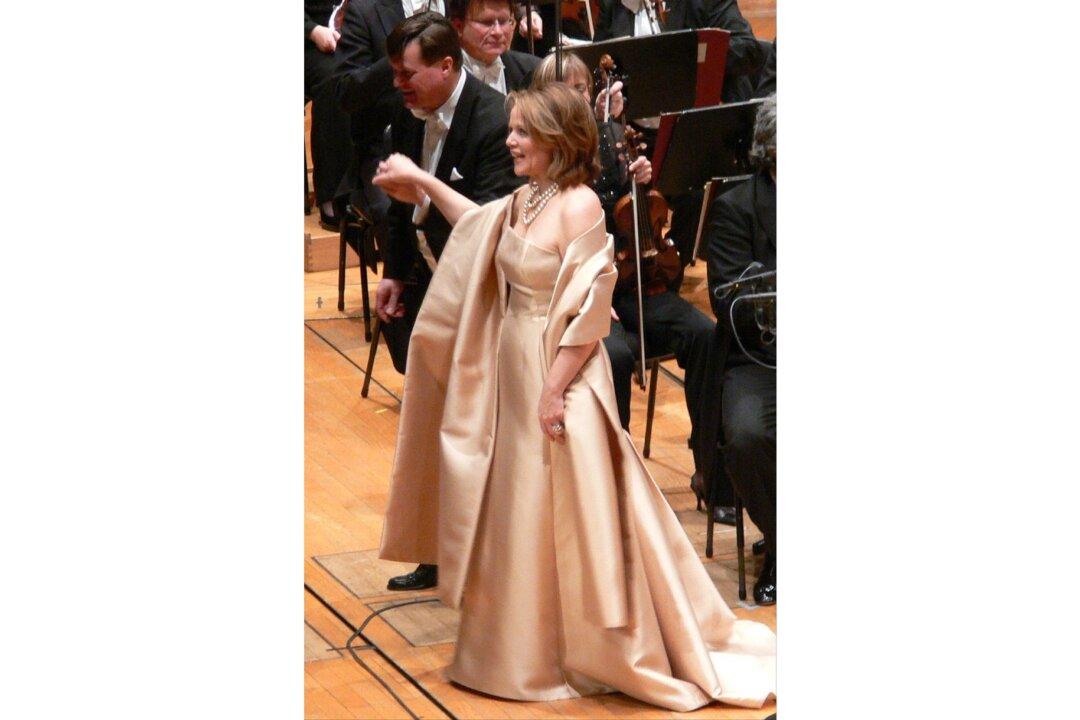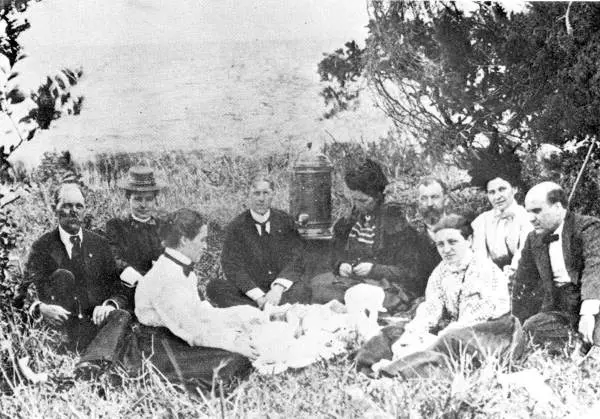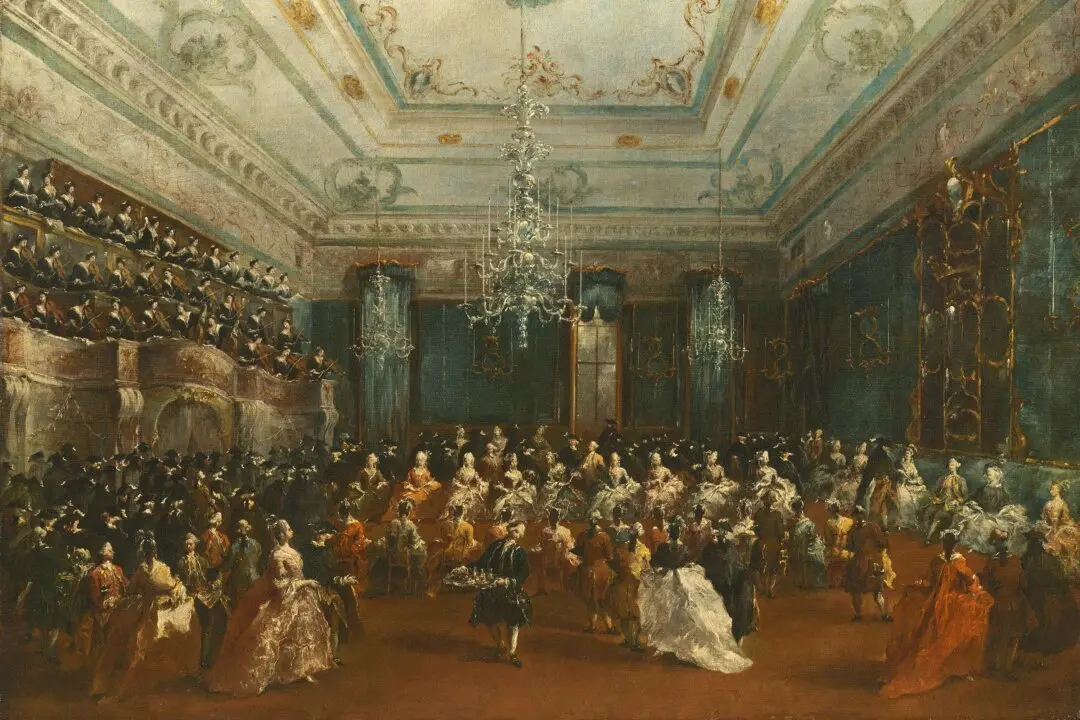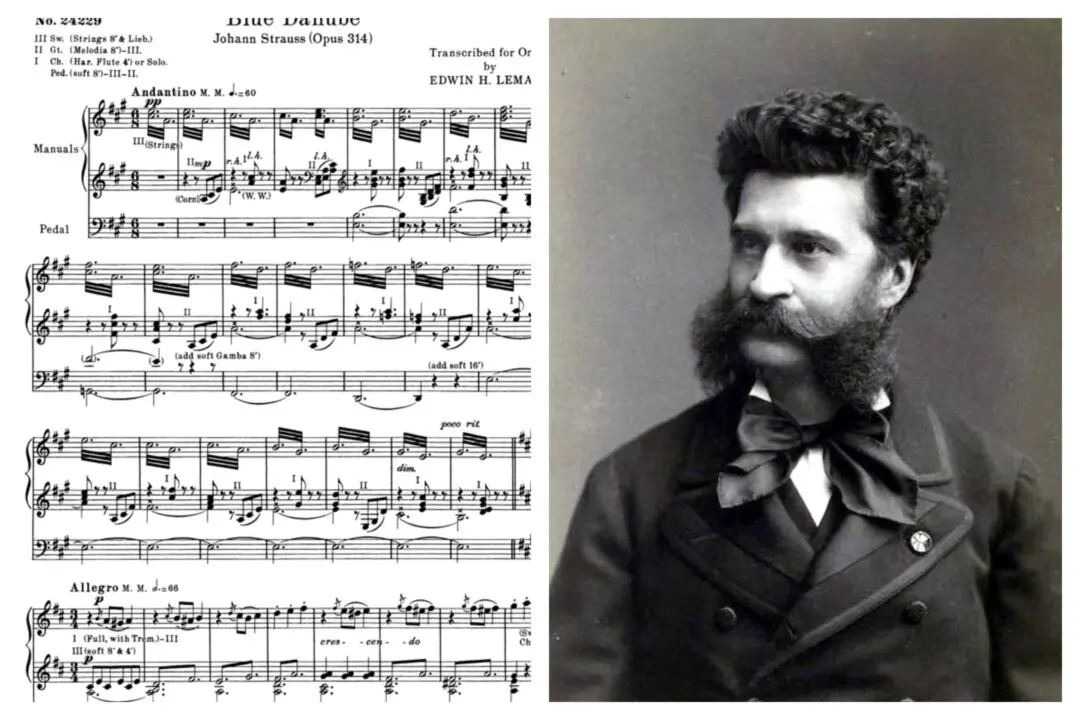Growing up in the nation’s capital, I followed the local opera scene with interest. This included the endless attempts to popularize this highbrow form. The most creative of these was probably “Opera in the Outfield,” where music lovers gathered at Nationals Park to watch Renée Fleming sing on a giant screen. Plácido Domingo was the head of the Washington National Opera at the time and showed up to give a speech. Sitting only 50 feet away, I imagined I could feel his aura bathing me with inspiration.
“Opera in the Outfield” is a popular event that has been running for 13 seasons now. It is nice to see some success in making artistic music more relevant to everyday life, since this is not usually the case.





